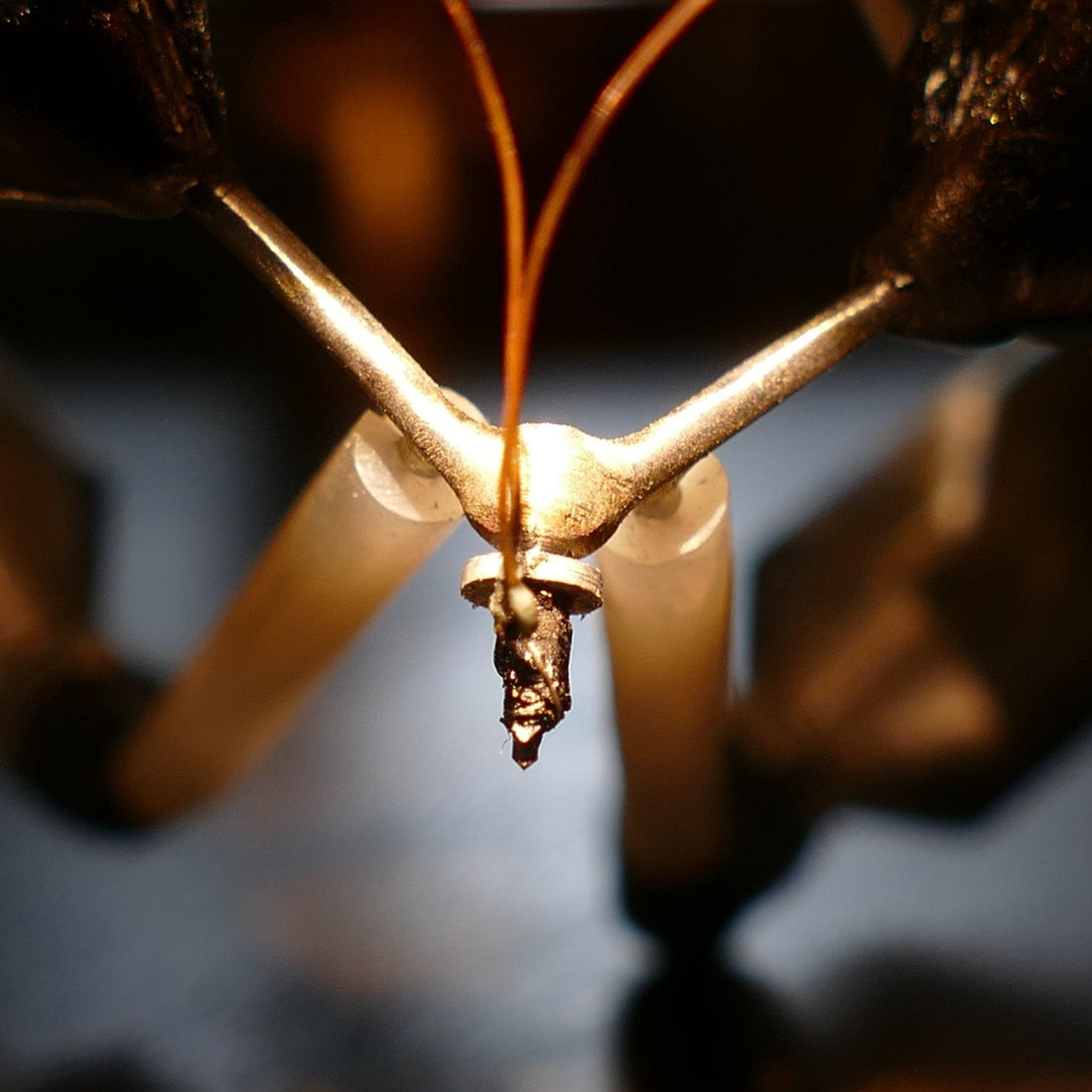Now that we are a diamond styli supplier, we get asked the same question time and time again, ‘how many hours of life do you get’. If you’ve been researching how long a diamond stylus lasts when cutting records, you’ve probably seen claims of ‘hundreds of hours’ of use. While these numbers sound great on the surface, they can be misleading and false without context. Stylus wear isn’t as simple as clocking time—it depends on how, what, and at what speed you’re cutting.
Not All Hours Are Equal: 33rpm vs 45rpm
Many stylus life estimates assume you’re cutting at 33 1/3 RPM, but that’s not always the case. If you’re cutting a lot of 45rpm records, your stylus is seeing a lot more groove per minute—and that matters.
Here’s why:
• At 45rpm, more disc surface passes under the stylus every minute, meaning the diamond experiences more friction, more heat, and more wear in the same amount of time.
• Even short 7” records at 45rpm can involve high outer groove velocity, which increases wear significantly.
So, as an example, a stylus used for 25 hours of 45rpm cutting might wear as much—or even more—than one used for 50 hours at 33rpm. This makes ‘hours’ a poor benchmark for stylus life.
Loud Music, Louder Wear: The Impact of Music Style
Another key factor that affects stylus life is the style of music you’re cutting. It’s not just time or speed—it’s also about how far and how hard the stylus is moving.
Here’s why:
• Bass-heavy music (like techno, hip-hop, dub) causes larger groove excursions, pushing the stylus more aggressively through the material.
• High-energy or loud tracks mean greater modulation in both the lateral and vertical planes (especially for stereo cuts), putting more stress on the diamond and suspension.
• This increased movement and friction can lead to faster wear, especially if you’re cutting at higher levels or without aggressive limiting.
On the other hand, quieter, less dynamic music tends to be easier on the stylus, potentially extending its life.
Warped Discs = Worn Diamonds
One often-overlooked factor that accelerates stylus wear is cutting on warped or uneven discs. Whether it’s dishing, or general surface waviness, it can have a noticeable impact on how your diamond stylus wears over time.
Here’s why:
• Increased vertical movement: A warped disc forces the stylus to constantly adjust its vertical position. This puts strain on the cutter head suspension and creates extra friction at the stylus face, especially on stereo cuts.
• Inconsistent chip formation: Warps can cause uneven groove depth, leading to inconsistent chip flow. This increases drag and puts added resistance on the stylus.
• Vibration and instability: If the disc isn’t flat against the platter, movements can introduce micro-vibrations that shake the stylus tip at the cutting face, increasing the chance of microscopic edge damage.
A warped disc can cut stylus life noticeably, especially when paired with high-energy music or fast speeds. It is always cheaper to scrap a blank than a diamond.
In Summary
When you see claims of stylus lifespans of hundreds of hours, they often base those figures on:
• Ideal conditions—gentle material, 33rpm, perfectly flat and a perfectly calibrated setup.
• Theoretical maximums, not real-world professional use.
• No consideration for genre, cutting level, or frequency range.
In actual practice, stylus life varies wildly depending on what you’re doing. For high-quality results, especially when cutting for clients, it’s worth treating your stylus as a precision tool that needs regular inspection and maintenance—not a set-it-and-forget-it part.
There’s no universal number for diamond stylus life. It depends on speed, music style, cutting level, and overall technique. If you want consistent results and clean grooves, pay attention to the quality of your cuts and learn to identify noises and treat your stylus like the critical component it is. When cutting professionally you need to account for stylus wear in your costs price, which is only usually a matter of say £1 to £2 per disc on average to make sure you are clear for any that may die quickly and those that last a long time.
- Cover Image is a Souri diamond.

